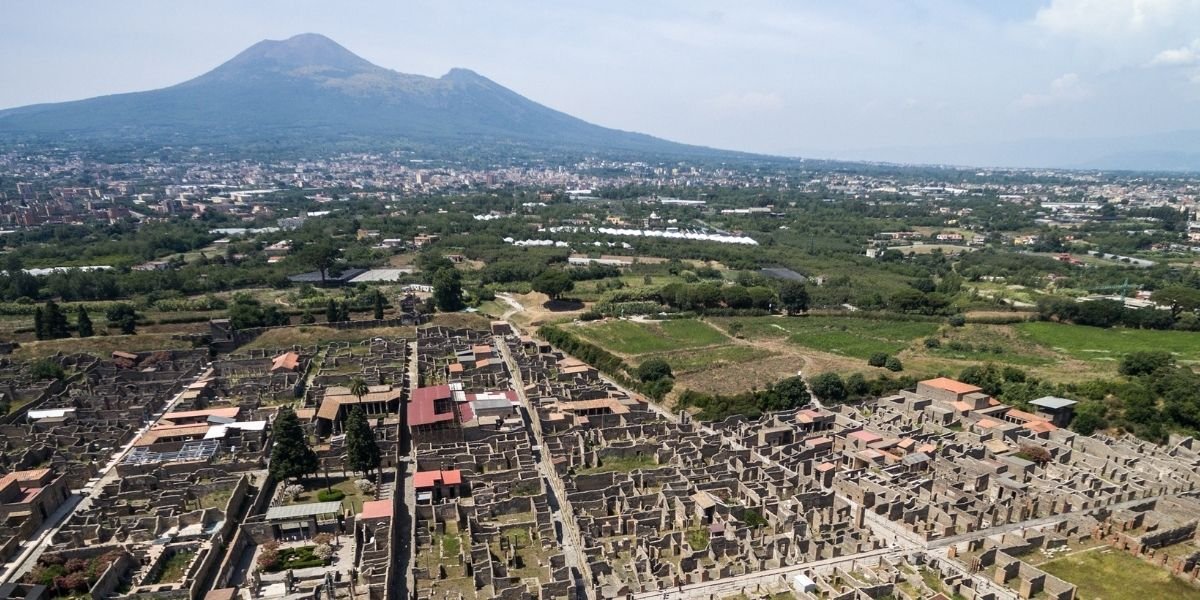An incredible new archaeological discovery has been made in Pompeii: it is a tomb, a very special burial place, which can be considered as the first proof of the existence of Greek-language spectacles in the Roman city buried by Vesuvius, previously only hypothesized by scholars.
The proof of what is said lies in the fact that in this particular funerary environment a marble inscription was found that tells us the personal story of an inhabitant of Pompeii: the buried person is Marcus Venerius Secundio, a "Liberto", i.e. an ex-slave freed by the legal means of the time and guardian of the temple of Venus. He must have been the one who organized performances in Latin and also in Greek.
The discovery was so sensational that archaeologists and experts from all over the world were left open-mouthed, as is often the case, by the wonders of the ancient city of Pompeii. Even the world of politics and culture has moved around this new discovery. For example, these are the first words of the Italian Minister of Culture, Dario Franceschini, who declared:
"Pompeii never ceases to amaze and confirms itself as a story of redemption, an international model, a place where research and new archaeological excavations have returned thanks to the many professionals in the cultural heritage who, with their work, never cease to give the world extraordinary results that are a source of pride for Italy".
The great discovery was made during an excavation campaign carried out in the area of the Porta Sarno necropolis. The campaign was the result of close collaboration between the Archaeological Park of Pompeii and the University of Valencia. Together they have enabled the world to learn more about life in ancient Rome and its rich provinces.

Pompeii, a discovery that has excited the whole world of archaeology

But who was the over 60-year-old Marcus Venerius Secundio? As we said, he was a slave who, once freed, had attained an outstanding economic and social status.
In fact, his epigraph tells how he 'gave Greek and Latin ludi for the duration of four days.
It is this inscription that has excited scholars and experts because it adds something absolutely new to our knowledge of the city and its life in ancient times.
In the past, it had even been assumed that Greek culture was known in Pompeii, but as the director of the excavations, archaeologist Gabriel Zuchtriegel (former director of the archaeological park of Paestum) explains, this is the "first certain evidence of performances in Pompeii in Greek".
"We have here another piece of a large mosaic, namely the multi-ethnic Pompeii of the early imperial age, where alongside Latin Greek, at that time the lingua franca of the eastern Mediterranean, is attested".
A miracle of archaeology but also of mummiology. A combination of history and science
In addition to the anthropological and historical questions that this discovery clarifies, there is also the fact that the man is one of the best-preserved skeletons found in the ancient city.
The hermetically sealed environment of the tomb allowed for perfect mummification, with hair and even an ear perfectly visible.
It remains to be seen to what extent this mummification process was intentional, but new studies and discoveries will certainly be able to clarify this point as well. This is one of the reasons why the necropolis of Porta Sarno, where the discovery was made, cannot be visited at the moment. However, the Archaeological Park of Pompeii, given the resonance of the media and the magnitude of the discovery, has already launched a feasibility study to include it in the area open to the public.
About the author
Written on 25/08/2021




Emanuele Castellano
An incredible new archaeological discovery has been made in Pompeii: it is a tomb, a very special burial place, which can be considered as the first proof of the existence of Greek-language spectacles in the Roman city buried by Vesuvius, previously only hypothesized by scholars.